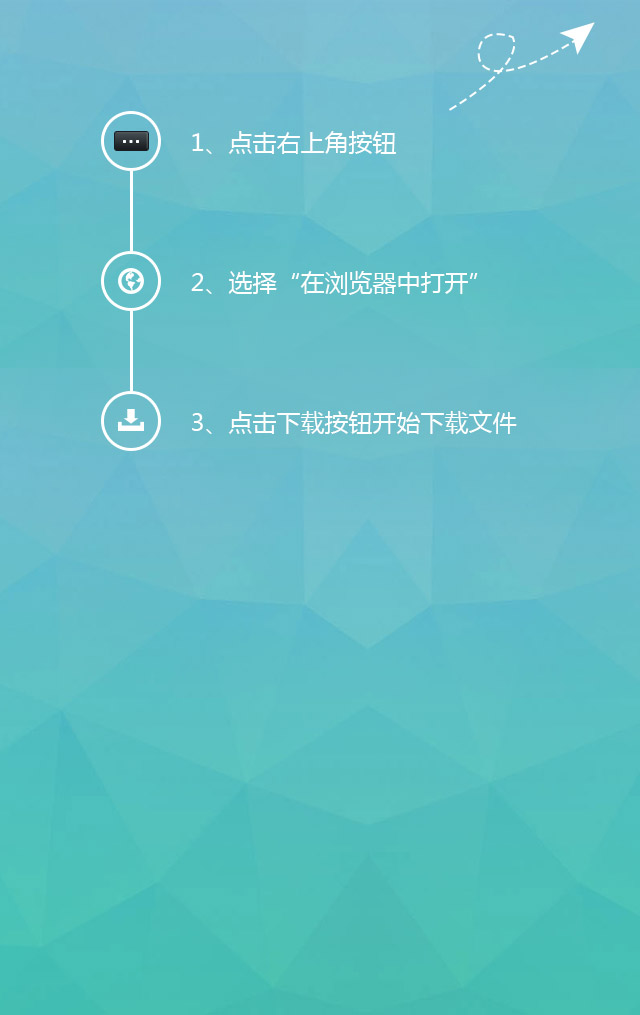Classification of Fire Protection Grades for Cable Materials
The various communication cables currently put into the market have many different standards and requirements, each with different characteristics such as fire resistance, smoke resistance, corrosion resistance, and gas resistance These characteristics depend on the material composition, outer shell size, and internal wire insulation of the cable
The fire resistance performance of data communication cables mainly depends on the material of their outer skin, which is currently mainly divided into the following three types:
Ordinary (PVC) type: Currently, most of the cable jackets used for LAN wiring in China are made of PVC (polyvinyl chloride) material. PVC is made by adding chlorine element to polyethylene (PE) to increase the ignition point of the cable. The advantages of PVC cables are low price and stable mechanical properties, but the disadvantages are low ignition point, fast flame spread, toxic smoke emission during combustion, low visibility, and release of more heat during combustion In addition, there is another type of fire-resistant PVC that is also flammable and produces toxic gases, but has a higher ignition point than ordinary PVC materials
Low Smoke Zero Halogen (LSZH/LSOH): In order to comply with stricter environmental regulations, halogens are not used in the production process of low smoke zero halogen (LSZH) cables. When burned, this type of cable has low toxicity and smoke concentration, which can reduce the emission of toxic gases and corrosion of equipment in the building, thereby reducing casualties during fires Flame retardant low smoke halogen-free (LSFRZH/LSFROH) cables are made by adding aluminum hydroxide or magnesium hydroxide compounds to the cable sheath. Once the cable burns, the flame retardant effect comes from the water generated during combustion, which burns slower than PVC and has an ignition point of about 150 ℃ The EU region has very strict requirements for the environmental friendliness of equipment and materials used in buildings, so low smoke halogen-free (LSZH) cables are widely used in Europe
Fire resistant: Fire resistant materials generally use PTFE (polytetrafluoroethylene) or FEP (fluorinated ethylene propylene) as the outer jacket. PTFE or FEP is also an efficient insulator with low smoke concentration during combustion. Because fluorine has stronger fire resistance, its ignition point is higher than FR PVC and LSZH, reaching up to 800 ℃ When FEP cable burns, it releases colorless, odorless, but more toxic hydrogen fluoride than hydrogen chloride The toxicity of FEP cable is 1.5 times that of PVC cable and 5 times that of halogen-free cable.
Recommend
-

-

QQ Zone
-

Sina Weibo
-

Renren.com
-

Douban

